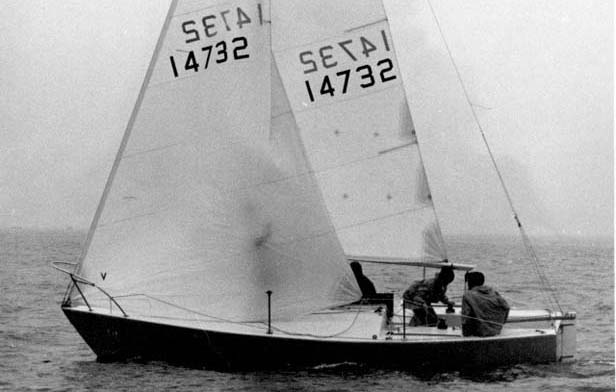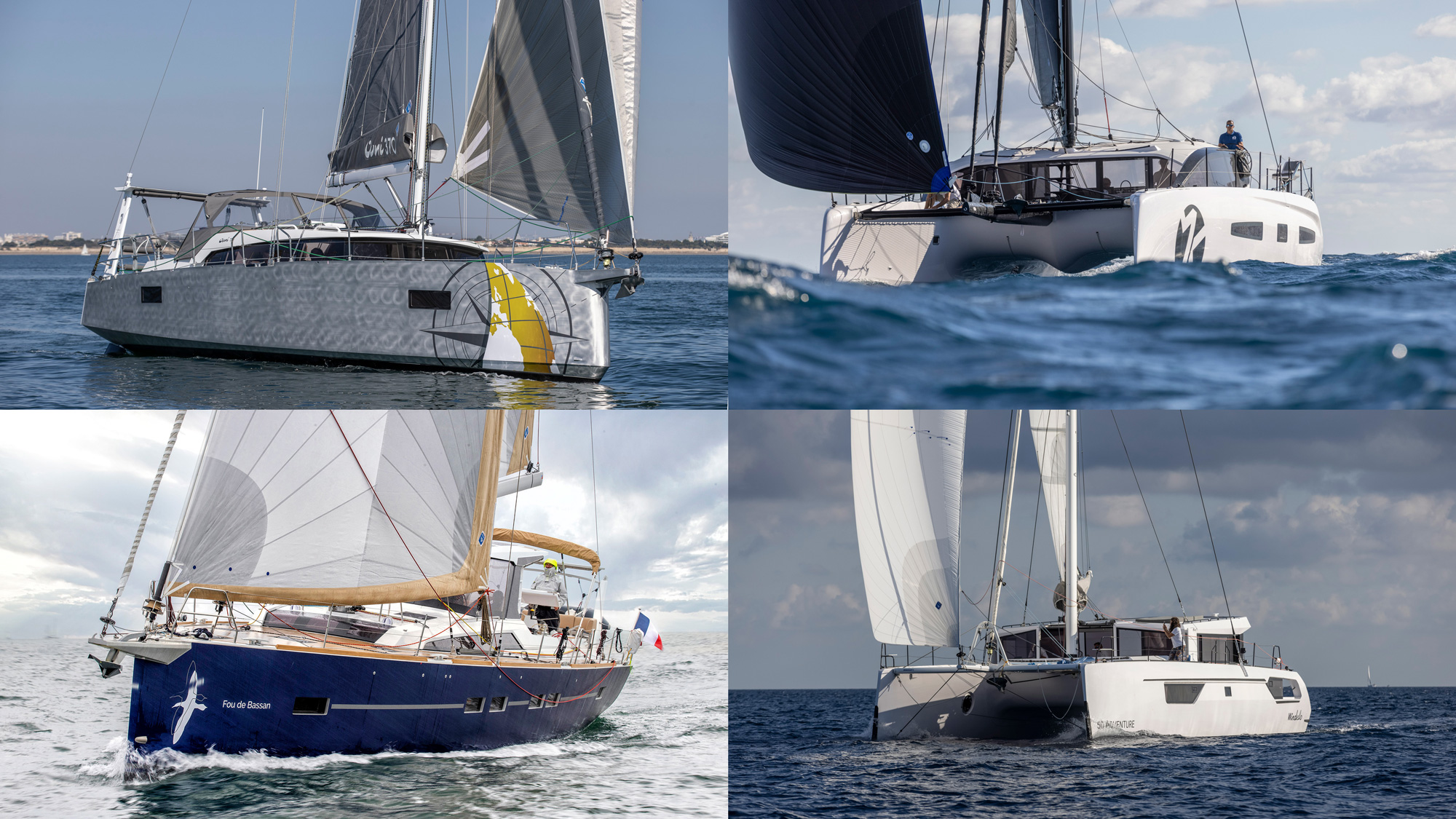We asked historians, round the world race winners and legendary sailors to name the yachts that changed the sport for good. In no particular order, these are the 50 yachts that shifted how we sail...

Photo: Guido Cantini / Panerai / Sea&See.com
1. Mariquita
Built: 1911
Design: William Fife III
Mariquita is a living link between the ‘Big Class’ behemoths, such as Britannia, the J Class and all that went after, including the hugely popular 12-metres. The 125ft gaff cutter was launched as part of a new 19-metre class designed to pitch matched yachts against one another.
Just four were built. Mariquita performed well, particularly in light airs. She also, uniquely, survived. Having been used as a houseboat for many years, she was discovered in the mud in 1991 and lovingly restored to relaunch in 2003, and she still races today.

Photo: Oskar Kihlborg / Volvo Ocean Race
2. ABN Amro One
Built: 2005
Design: Juan Kouyoumdjian
Two Volvo Ocean Race-winning skippers nominated Juan Kouyoumdjian’s ABN Amro One, the 5.6m beam, aggressively chined winner of the 2005-06 race. Her skipper Mike Sanderson comments: “I am biased, but I think ABN Amro One was very special and really did change people’s thinking about what made a good offshore race boat.
“As this was the first generation of Volvo 70s it was always going to be an interesting time seeing how people translated the rule,” says Sanderson. The other factor was many of the team’s involvement in Open 60 sailing.
“We very much looked at the concept of the boat differently: no spinnaker pole, furling No.4 Jibs, twin rudders, lazyjacks, snuffers on spinnakers… They all went from being equipment that was only used on single-handed boats to our team thinking it could make us faster around the world, day in day out.”
Article continues below…
Yours for €2.75 million – Mariquita, the elegant and glamorous 125ft Fife design
Not very often does a yacht come on the market that has such a storied history behind her. Marquita, the…
43 of the best bluewater sailboat designs of all time
Which yacht is the best for bluewater boating? This question generates even more debate among sailors than questions about what’s…
Ian Walker, winner of the 2014-15 Volvo Ocean Race, recalls: “This generation of boats smashed the previous 24-hour records and made the 600-mile day possible. ABN Amro was quite radical structurally but the key thing was she prioritised stability over anything else – such as wetted surface area.
“The Farr boats were lower wetted surface area and even started out with spinnaker poles! Asymmetric spinnakers meant sailing higher angles and more often needing righting moment.
“ABN Amro One also had twin rudders and more transom immersion, which meant it was slow in light winds but fast at high speed. There was some doubt when it was last in the first in-port races and because much of the race is in light winds, but it was so fast reaching that it negated any weaknesses.”
The black boat went on to win six of the nine offshore legs. Sanderson adds: “In all the Volvo 70s that where built – and to be honest in all the offshore boats that have followed (Rambler, Comanche etc.) – you can see a bit of ‘Black Betty’ as we nicknamed her.”

Photo: Thierry Martinez
3. TP52 Patches
Built: 2007
Design: Reichel Pugh
Originally created to produce fast yachts for the Transpac Race, the TP52 class developed into an owner-driven inshore circuit which continues to attract the world’s best monohull sailors (these days as the Super Series). One development refined on the TP was the change to wide aft sections.
“We started off with quite narrow sterns and the working deck stopping well over one metre forward of the stern,” comments class manager Rob Weiland. “We now see an almost continuous width of the working deck from Beam Max aft and the working deck continuing to the stern.
“The ‘powerful stern’ is now the norm in offshore racing. I’m not sure whether we started it, but for sure, we were the test bed for how to refine that hull shape concept for windward leeward performance.”
First to have a working deck all the way aft was the 2007 Reichel Pugh Patches, a style then taken a stage further by ETNZ (2009), which added slab-sided topsides with a knuckle to create more hull stability when heeled. ETNZ also saw refinements in deck layout, elements of which have filtered down to more mainstream designs, such as transverse jib car tracks.

Photo: Ivor Wilkins Offshore Challenges / DPPI
4. B&Q Castorama
Built: 2004
Design: Nigel Irens
‘Mobi’, as she was affectionately known, was the 75ft trimaran designed by Nigel Irens specifically for Ellen MacArthur’s solo round the world record attempt in 2004.
B&Q Castorama was highly optimised, being longer, narrower, and with more freeboard than the ORMA 60s, reducing the risk of a pitchpole.
She was also, uniquely, custom built for a petite female skipper, with a full-scale mock up of the cockpit created at Offshore Challenges office. The trimaran took over a day off Francis Joyon’s record to finish in 71 days and 14 hours.

5. J/24 Ragtime
Built: 1976
Design: Rod Johnstone
It took 18 months for Rod Johnstone to build this 24-footer in his garage in Connecticut. It was designed to be simple to sail, with few rig adjustments, and light enough to be trailable. Rod’s family helped sand and finish the boat, and she was called Ragtime. Competing at their local race series in the summer of ’76, Ragtime was so successful that many people asked Rod for a sistership. He quit his job, and with brother Bob Johnstone set up J-Boats.
Their confidence proved well placed. Just two years later the J/24 class had its own one-design fleet at Key West in 1978, with 20 boats on the line. Now over 5,500 boats have been built and sold worldwide.
The J-boat line expanded to include one-designs like the J/70, as well as cruiser-racers such as the J/109. It has since has become synonymous with asymmetric sailing, doing much to popularise the use of asymmetric spinnakers on big boats.





